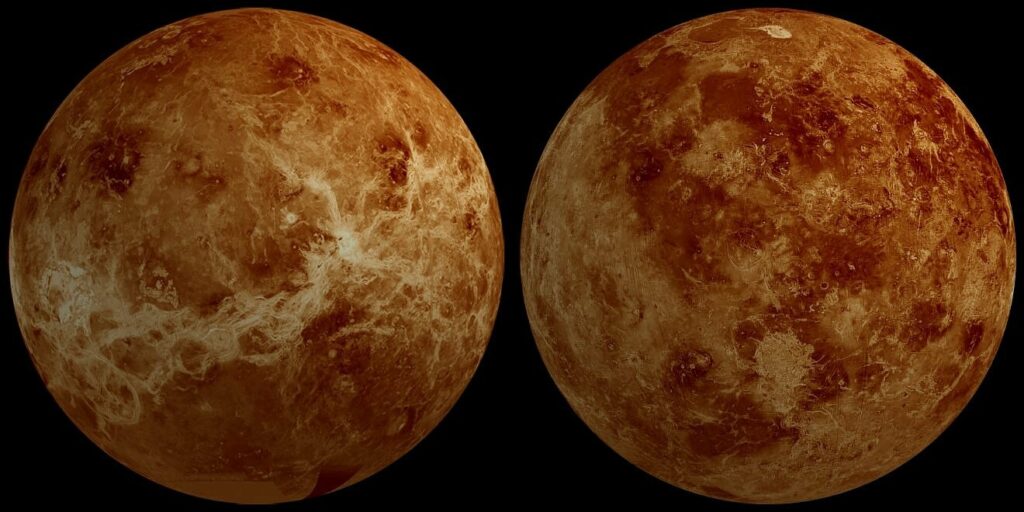Building the Argument for Utilizing Venus as a Gravitational Slingshot en Route to Mars.
A group of researchers from the Johns Hopkins University Applied Physics Laboratory, North Carolina State University, and NASA have proposed in a whitepaper that NASA should alter its trajectory for Mars-bound spacecraft to include a flyby of Venus. In their paper, which has been uploaded to the arXiv preprint server, the researchers present their case for an opposition mission rather than a conjunction mission.

NASA has publicly announced its intention to send astronauts to Mars in the near future. However, the agency has not disclosed whether these missions will be conjunction or opposition missions. In a conjunction mission, a rocket is launched from Earth and travels directly to Mars without any intermediate stops. Such missions are only undertaken when the two planets are closest to each other. On the other hand, opposition missions involve one or more stops along the way. The researchers argue in their paper for an opposition mission in which the spacecraft would first fly to Venus before proceeding to Mars.
According to the researchers, a mission that includes a stopover at Venus would offer advantages to both NASA and the astronauts on board. They highlight that stopping at Venus would significantly reduce fuel costs as the spacecraft could utilize Venus’s gravity to propel itself towards Mars. Additionally, they emphasize that following the Venus to Mars route would enable the spacecraft to return to Earth more quickly in the event of any unforeseen issues. Furthermore, a Venus flyby would facilitate a more interactive approach to studying Venus, as astronauts would be able to directly control research drones in real time. Without such a presence, operators controlling the drones would have to contend with the time delay in communication between Earth and Venus, which can range from five to 28 minutes. The researchers also underscore the importance of a reduced window of opportunity. Earth and Mars only align for space travel every 26 months, meaning that astronauts on such a spacecraft would have to spend over a year on or near Mars. However, with opposition missions, this window is significantly shortened.
This article is republished from PhysORG under a Creative Commons license. Read the original article.
Do not forget to share your opinion with us to provide you with the best posts !




0 Comments